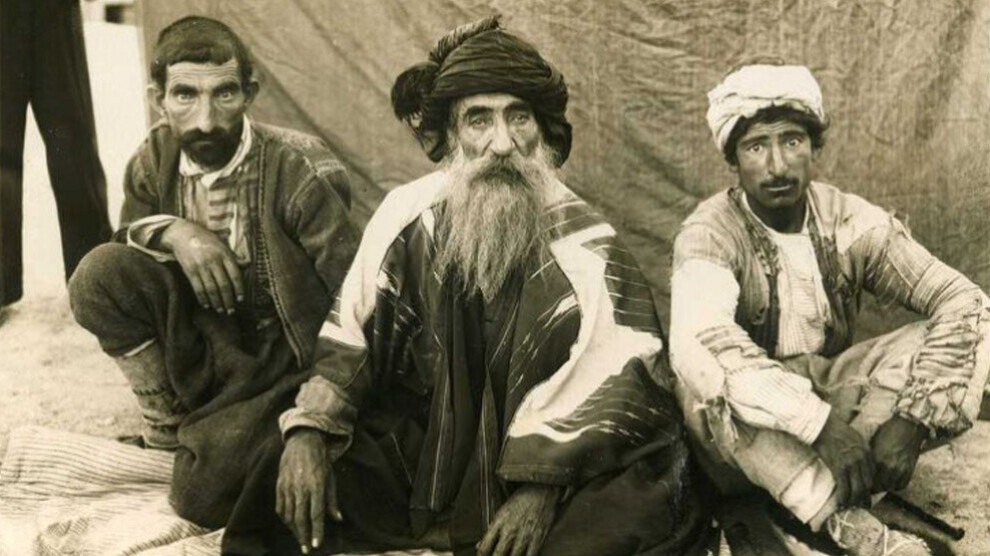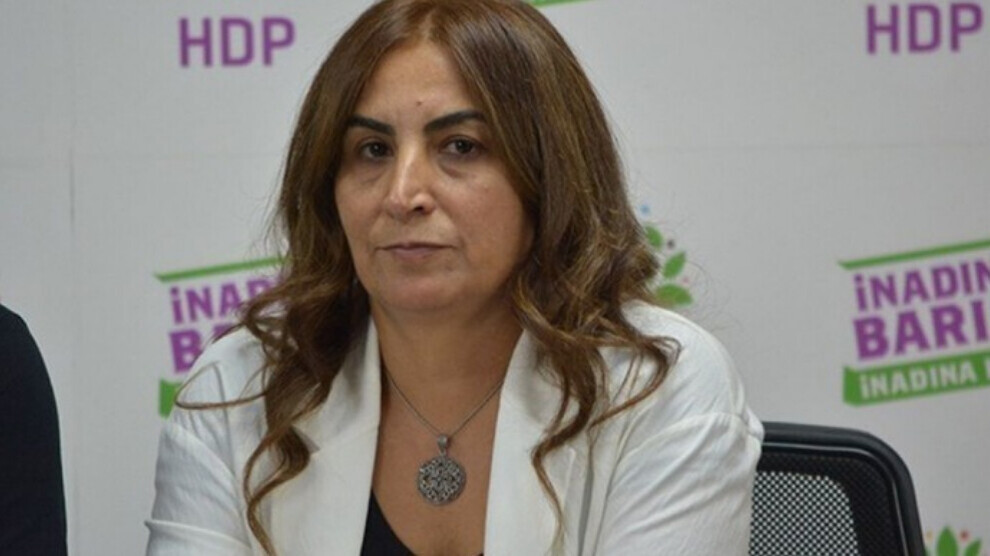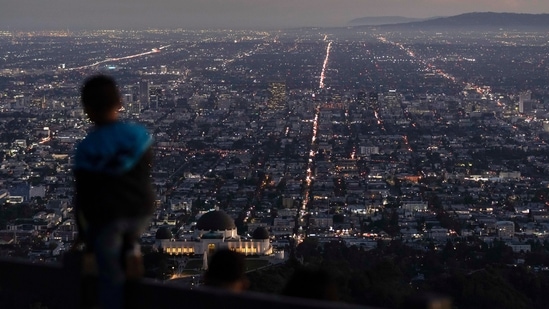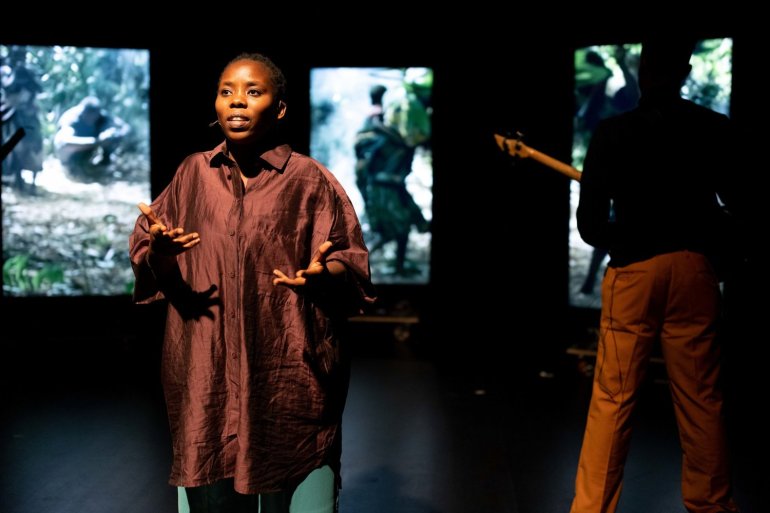Kareem Youssef and Mishlin Mekleh

Demonstrations against the Palestinian Authority over the death in PA custody of Nizar Banat in 2021 STRAPA images
The Oslo accords were signed 29 years ago, on 13 September 1993. The Palestinian Authority, its main manifestation, has attempted and failed for nearly three decades to contain the Palestinian people’s resistance and struggle for national liberation.
Palestine’s enemy today is not only Israel and its US backers, but also those who are rewarded for complying with Oslo: the Palestinian Authority, those who take money from the United States Agency for International Development (USAID), and the diplomatic and lobby missions – like the Muslim Leadership Initiative – that reflect Zionist aspirations.
From the Jordanian monarchy and US-funded Egyptian leadership to the treachery of Gulf countries and big Arab capitalists, normalization in a post-Oslo world is a concept and practice rejected by Palestinian fighters, organizers and activists in the homeland and diaspora.
These different forces normalize the existence of Israel and the “two-state” concession plan as envisioned by Oslo. Those who cling to the futile “two-state solution,” and believe a Zionist, settler-colonial entity can reform and thus become some kind of “normal” partner of Palestinians and Arabs, must be isolated and defeated. These normalizers help silence, arrest, assassinate and surveil members of the Palestine liberation movement and our allies, per the Oslo security protocol drawn up by Zionists and the US.
The betrayal by Yasser Arafat and those around him at Oslo – keeping negotiators in Madrid in the dark over the secret talks – manifested into a public “peace” initiative that abandoned the Palestinian people after the sacrifices and steadfastness in Lebanon in the 1970s and early ‘80s, and the first intifada of the late 1980s and early 1990s. But the fight for liberation, from the river to the sea, continues despite the Oslo-born PA.
The constants
Palestinians and Arabs have the right to resist military occupation and settler-colonialism, including by armed resistance. The Palestine liberation struggle is committed to the thawabet (“constants”), which truly unifies the movement and are today maintained by the coordinated resistance in Palestine and support from the entirety of the diaspora. These thawabet are:
1) Self-determination and independence for the Palestinian people from the river to the sea, with Jerusalem as our indivisible capital;
2) The non-negotiable Right of Return (including restitution and reparations) for all Palestinian refugees and their descendants to the homes and lands they were exiled from since the beginning of Zionist colonization, in 1947-1948, and again in 1967;
3) The right of resistance in all its forms to end the colonization and occupation of all Palestinian and Arab lands.
Palestinian martyrs, prisoners and refugees bear the brunt of sell-out Oslo policies, which laid the groundwork for the especially shameless “security coordination” between Israel and the PA. This coordination targets our own people, including Bassel al-Araj, who openly decried the PA’s treachery and was assassinated by the Israelis in 2017.
PA thugs did the deed themselves when Nizar Banat, a prominent and popular leader who amplified anti-corruption and anti-normalization demands, was killed last year.
Hundreds of Palestinians in the homeland rallied for justice for Banat and were met with batons and other violence by the PA police and “security forces.” The US Palestinian Community Network (USPCN) is currently one of a number of US-based organizations that are in the leadership of an international campaign to ensure accountability for Nizar’s murder.
When Al Jazeera journalist and US citizen Shireen Abu Akleh was murdered by the Israelis in Jenin in May of this year, all of the contradictions of Oslo came to the fore once again.
Security collusion
Except under exceptional circumstances, the agreement bans Israel from entering “Area A,” (which constitutes approximately 18 percent of the land of the West Bank) and is ostensibly under full civilian and security control of the PA). But Israel ignores this and attacks Palestinians whenever and wherever it wants.
Israel has brazenly ignored its responsibilities within the agreement for decades, but the PA continues to function as if Oslo is binding. The PA did not and could not protect Abu Akleh. And the fight for justice and accountability in the international arena and in the US Congress is being fought mostly by her family and advocates.
The PA’s security apparatus, in collusion with Israel and the US, also targets student organizers. Students in Hebron, Birzeit, Nablus and other places have been abducted and imprisoned by PA police, and it is clearly Oslo and security coordination that is the source of the repression.
The PA sometimes even delivers Palestinian revolutionaries to Israel, as we have seen over many years in, among many examples, from the prominent case of Ahmad Saadat, to, just recently in September, when two Palestinians – one of whom is high on Israel’s “wanted list” – were arrested by the PA in Nablus. Palestinians there responded to this arrest by confronting the PA police, which shot and killed a protester.
The security coordination between Israel and the PA feeds into Israel’s colonial political prisoner system, where any Palestinian can be jailed without charge and tried before a military court, a tool used regularly to target influential organizers, create fear and trauma, and fracture the grassroots resistance movement.
A number of institutions in the US have initiated and supported campaigns to advocate for the release of abducted political prisoners like Khalida Jarrar, Khitam Saafin, Ata Khattab, and Ubai Aboudi, and children like Ahmad Manasra, while also championing hunger strikers like Khalil Awawdeh and Hisham Abu Hawash.
Some of these prisoners are leaders of grassroots institutions – such as the six recently designated as “terrorist organizations” by Israel – that organize to create a reality independent of Zionism and corrupt PA influence.
Oslo also created conditions for economic partnerships between Israel and the PA. These settler-colonial investments favor a class of Palestinians that operates to control and exploit the working class masses. Oslo left the PA almost entirely financially reliant on international donors and Israeli tax collections, and thus vulnerable to donor sentiment and Israel’s good graces. Not surprisingly, this has caused anything from food insecurity and monopolizing capital to exposing Palestinian villages like Birzeit to toxic waste and hazardous working conditions.
Rejecting the PA
PA agents for Oslo have been active in the US for years, but many organizations have rejected PA attempts to engage them in dialogue.
Last year, USPCN publicly called out a coalition effort that was ostensibly formed to unite Palestinians in the US, but ultimately exposed as a front for the PA. Also last year, a PA initiative to revive the General Union of Palestinian Students (GUPS) was rejected by Palestinian students in the US, who exposed it as an attempt to detract from their already-successful organizing outside of the PA’s influence. (For the sake of clarity, there is a GUPS at San Francisco State University that has been active for decades, and has absolutely no connection to the PA.)
In addition, institutions across the diaspora stood firmly alongside forces inside Palestine that rejected the most recent Palestine National Council meeting in April. This was not out of a lack of support for the PNC, but because Palestinians in the US were clearly handpicked by the PA to attend and help elect a new Palestine Liberation Organization Executive Committee that is, unfortunately, no longer representative – as it was in its heyday – of all Palestinians in the homeland and diaspora.
To reject Oslo is to reject normalization, all two-state solutions, and US and other imperialist funding. And despite living here as immigrants, refugees and citizens, Palestinians and Arabs in the US are still part and parcel of the Arab world and the indivisible nation of Palestine. In the US, our communities recognize that the tactic of boycott, divestment, and sanctions (BDS) is also a rejection of normalization, and an effective tool to place economic pressure on Israel.
One of the major lessons of Oslo is that Palestinians are not in any kind of state-building stage, as the PA has tried to argue for decades. We are still in the national liberation stage of our movement, and accordingly, we must unite across political lines, ideological persuasions and social sectors to defeat the colonizers. Palestinian political unity around the thawabet (constants) and unity within the resistance itself are prime examples of what our people want and the trajectory of the liberation movement.
Today’s PLO is used duplicitously to consolidate power in the hands of the PA, which is still led by a stream within Fatah. This does not mean that the PLO should be abandoned or liquidated. On the contrary. To uphold the thawabet, the PLO must be rebuilt and reformed to again become the sole legitimate representative of all Palestinian social sectors, political forces, resistance organizations and geographical regions across Palestine and further afield, including those that were not part of the original body. The PLO must again lead our unified national liberation movement.
The vast majority of Palestinians worldwide are anti-Oslo, anti-normalization, anti-PA and pro-resistance. When it was clear that the deal was a “peace for capital” arrangement and not a path to liberation, Oslo was ultimately rejected by the Palestinian people. It could never, and will never, silence our unbreakable will on the road to liberation.
Kareem Youssef is a long-time organizer with USPCN’s Southern California chapter and a PhD student in Materials Science at UCLA.
Mishlin Mekleh is an organizer with USPCN’s Southern California chapter and serves the greater Arab community of the Southland with mental health support and healing.





















